Hidizs MK10 Arcsonic – The Cylon of Single Dynamics
* Clean, natural tuning with excellent detail
* Superb midrange clarity and timbre
* No harsh peaks, no fatigue
* Solid zinc alloy build that feels premium
* Comfortable fit despite the weight
*Swappable nozzles for mild tuning flexibility
* Airy, extended treble without sharpness
Cons: .
* Bass could use a bit more weight/body for some tastes
* Glossy finish is a fingerprint magnet
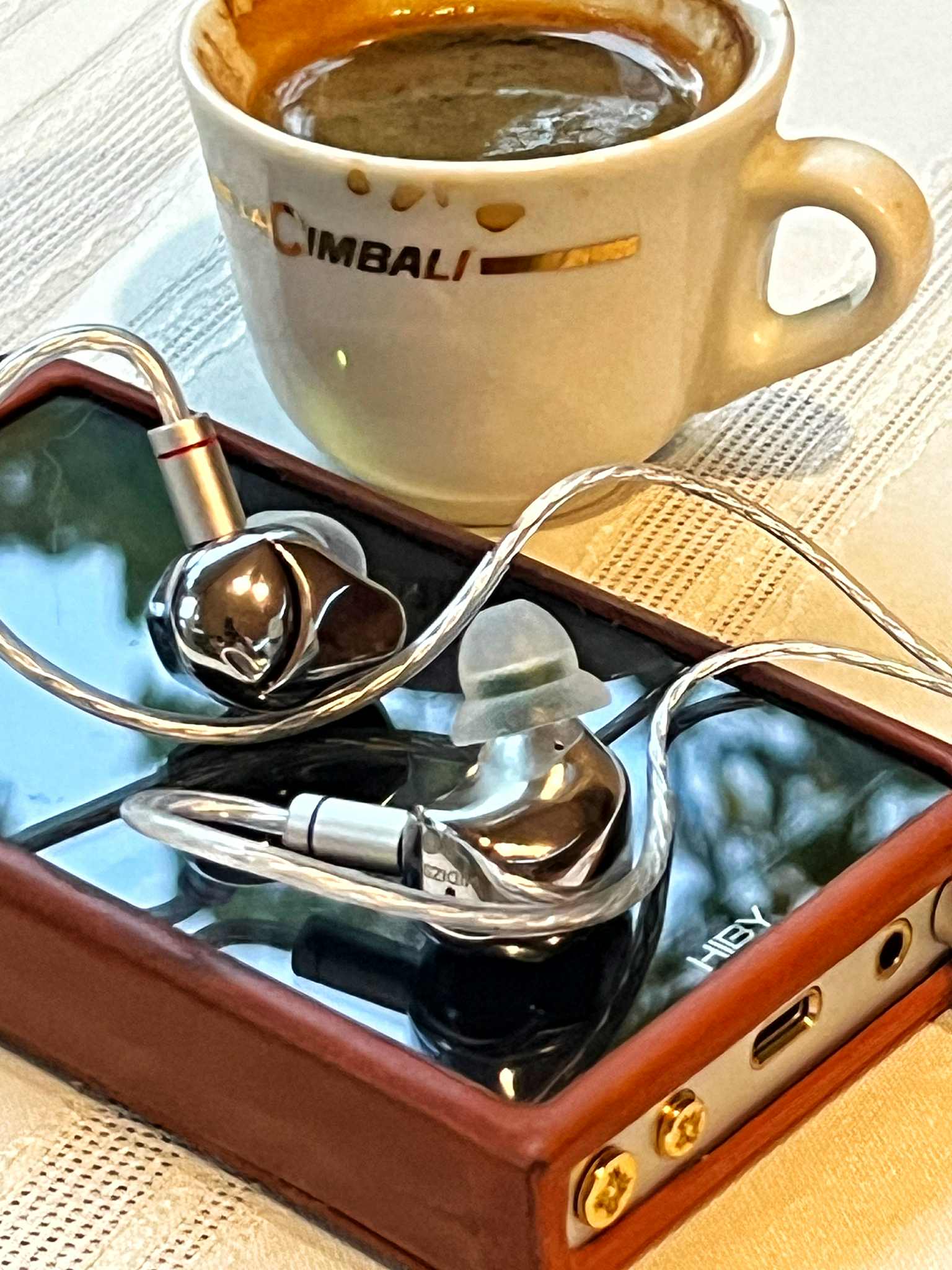
Hidizs is on a serious hot streak this year. First, they gave us the MS2 Pro, then the MK12, and now before anyone’s wallet has had time to recover they’ve dropped yet another release: the MK10 Arcsonic. This one’s especially interesting because it goes back to basics with a single dynamic driver setup, but not just any driver. Inside, you’re getting a 10mm dual-magnet, dual-cavity unit with a Silicon Carbide Crystal diaphragm. On paper, that kind of diaphragm should translate to quicker transient response, tighter control, and bass texture that feels more “drawn with a fine pen” than “smeared with a paint roller.”
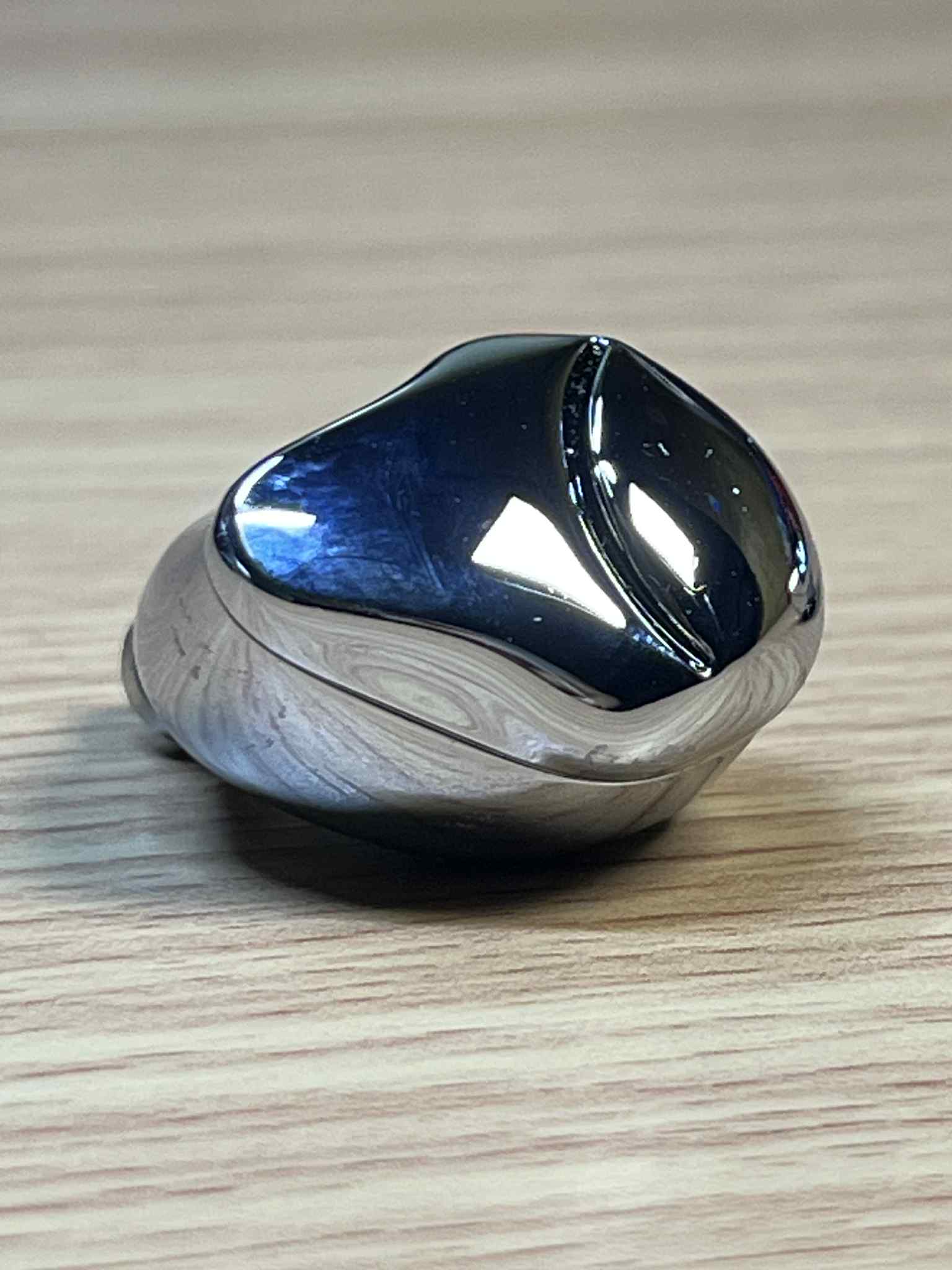
The design doesn’t play it safe either. Instead of resin shells or matte aluminum, Hidizs went with full zinc alloy housing finished in a high-gloss polish, available in silver or black. They feel solid and weighty in the hand, and visually, they strike this balance between premium and futuristic. Honestly, I can’t look at them without thinking of a Cylon helmet from Battlestar Galactica—it’s got that kind of sharp, glossy sci-fi vibe.
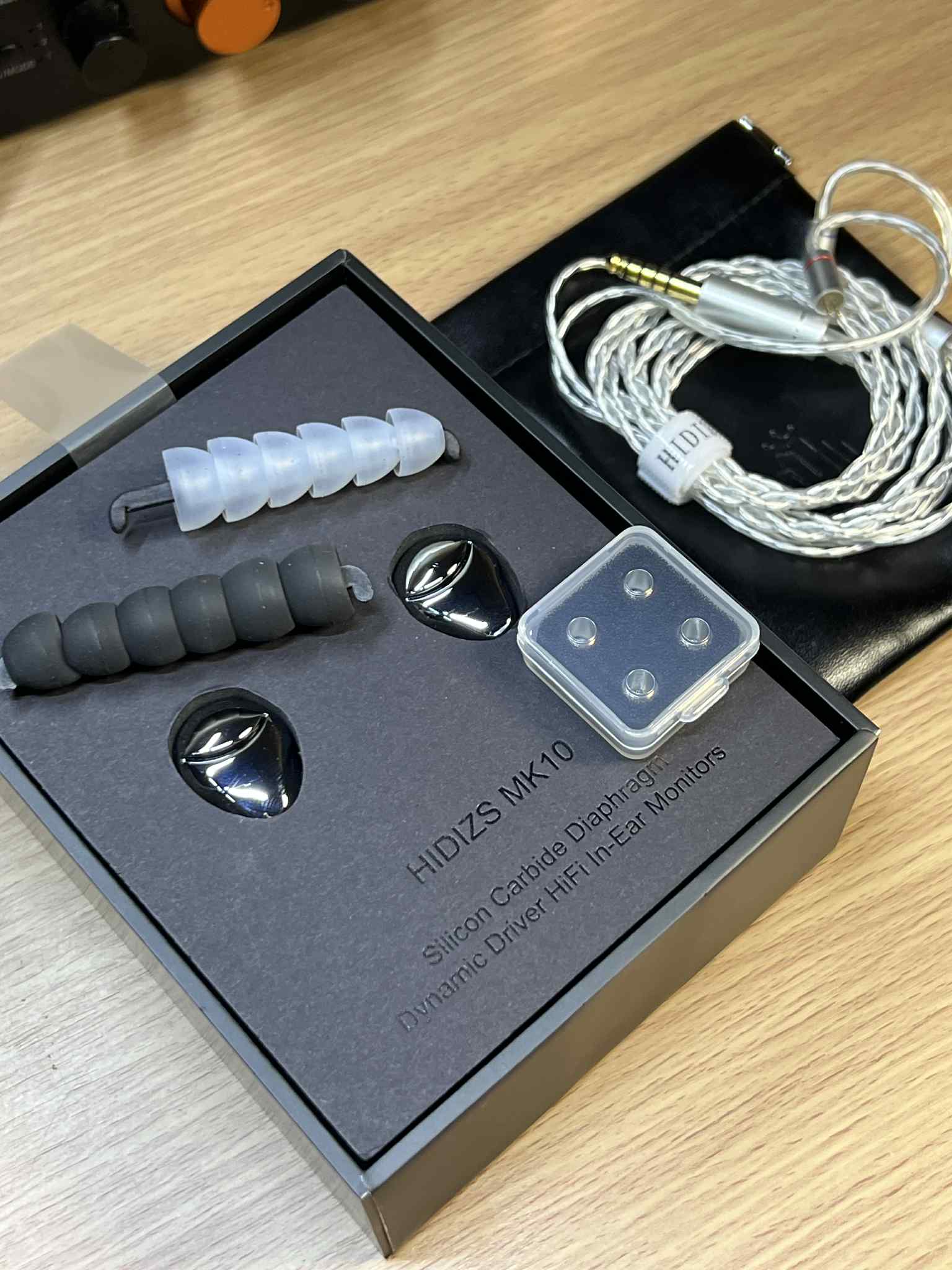
On top of that, Hidizs included three interchangeable tuning nozzles, letting you tweak the sound to your preference. It’s not a radical three-in-one IEM transformation, but it gives you flexibility if you want to push the tuning slightly in one direction or another.
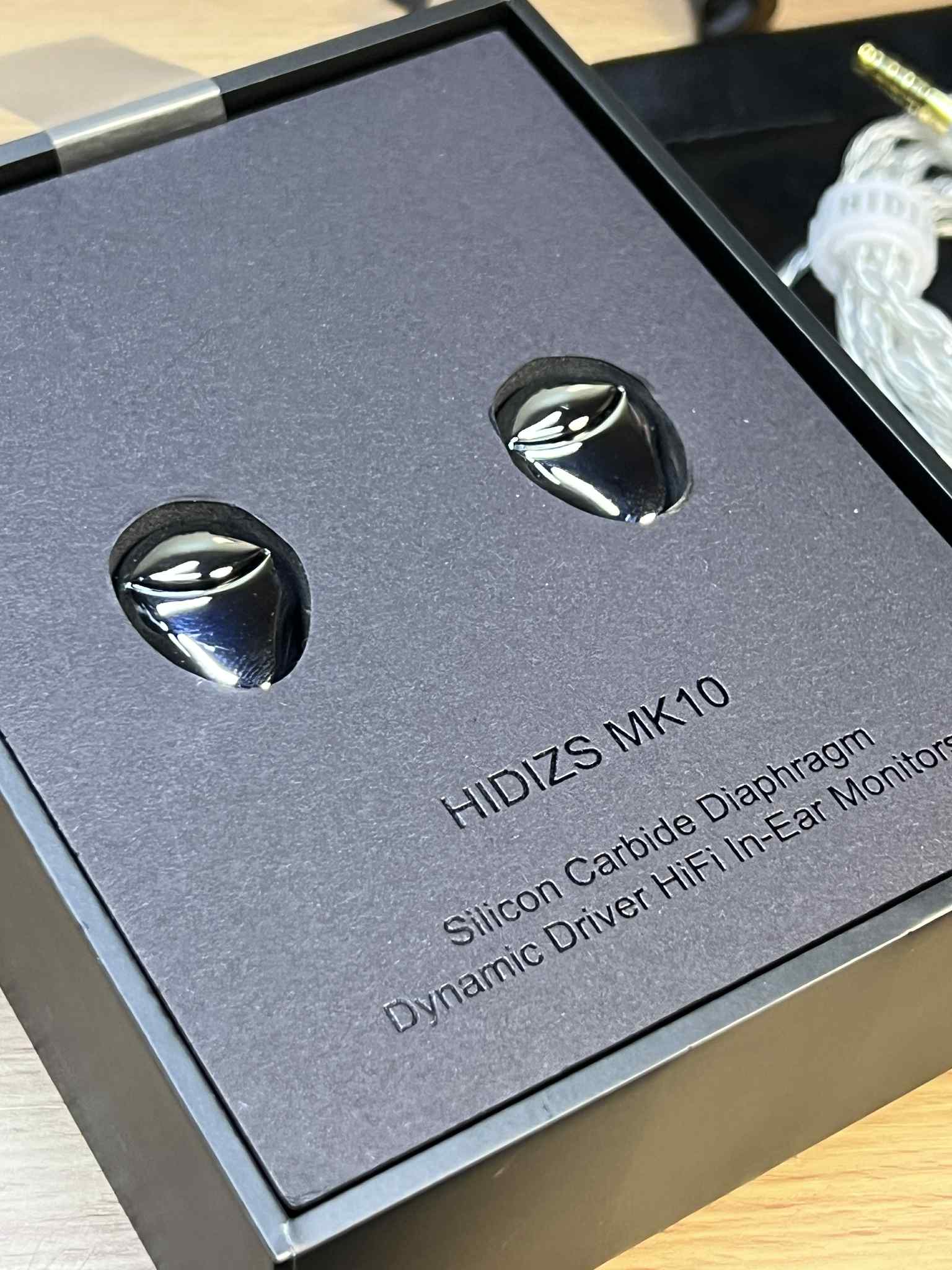
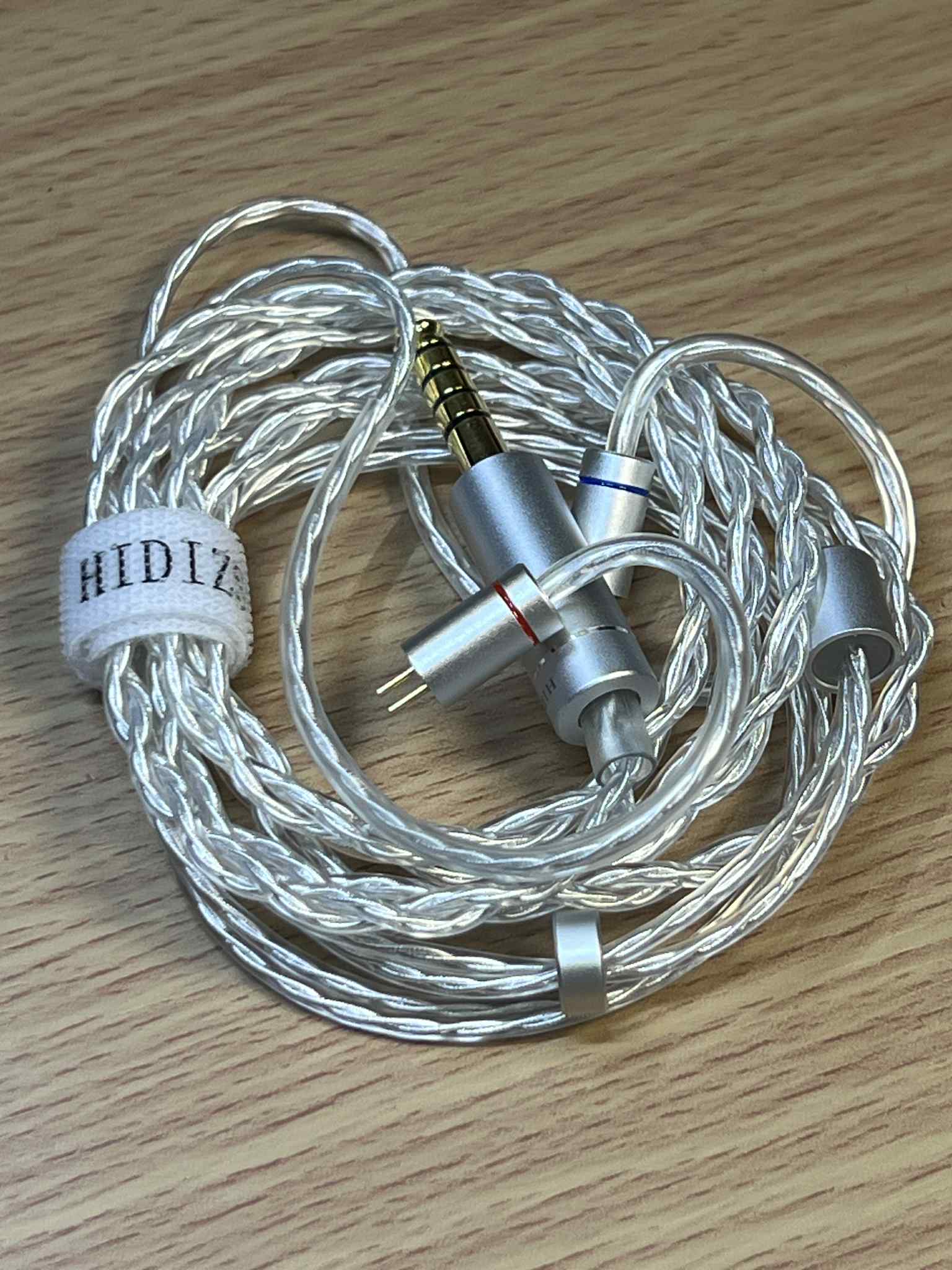
So, we’ve got an eye-catching design, thoughtful build, some serious driver tech, and a promise of tuning options. That’s all well and good on paper—but does the MK10 Arcsonic actually sound as good as it looks? Let’s find out.
A closer look at what inside the box, checkout my short unboxing video of the mk10,
Build & Comfort
The MK10 Arcsonic doesn’t feel like your typical budget-friendly IEM. The first thing you notice when you pick them up is the weight—those zinc alloy shells carry a reassuring heft that immediately says “premium.” They’re definitely heavier than the usual resin shells most of us are used to, but once they’re in your ears, the weight distributes well and they sit comfortably without dragging down. I wore them for a couple of long listening sessions and never felt the need to take them out because of discomfort.
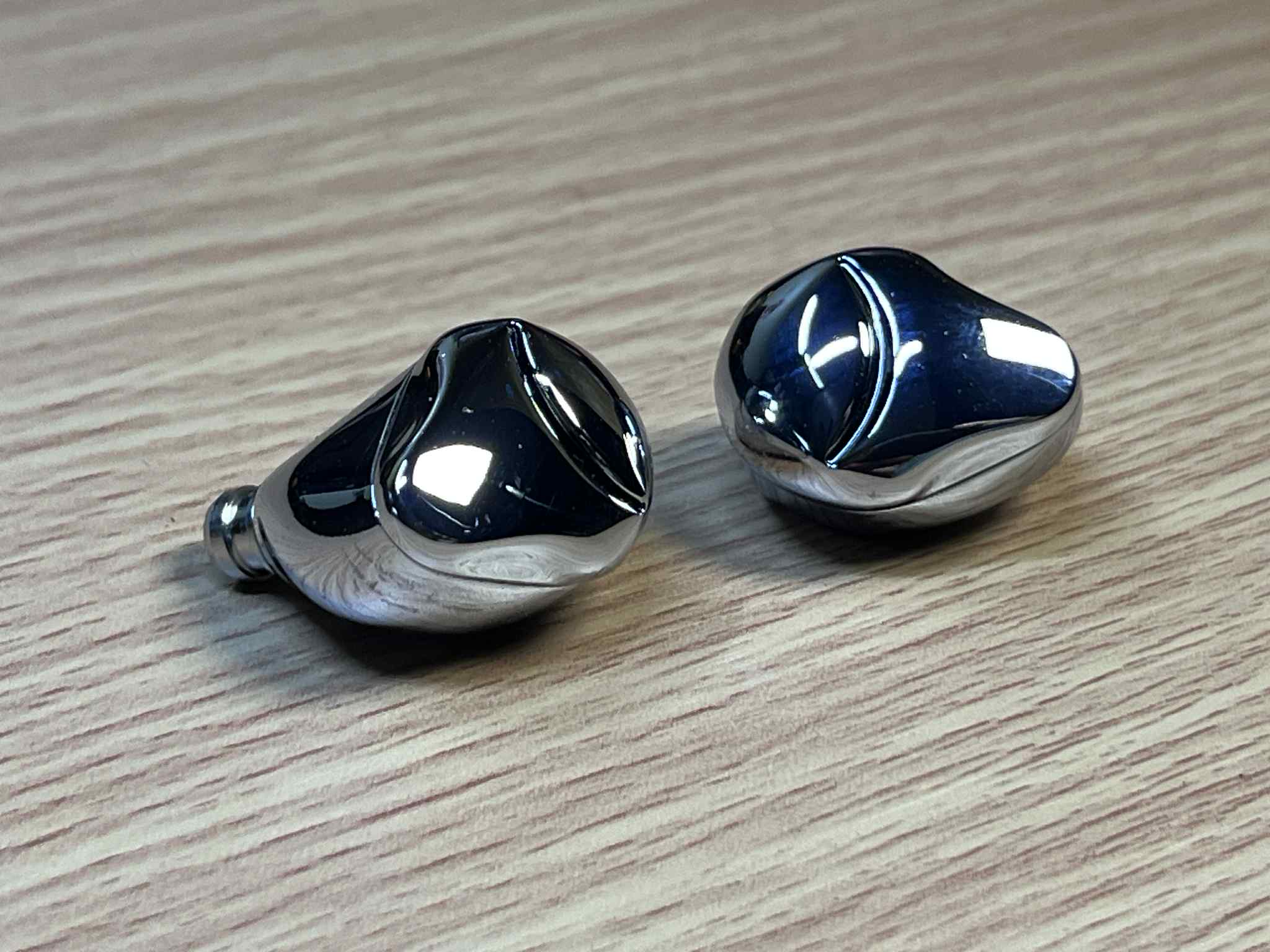
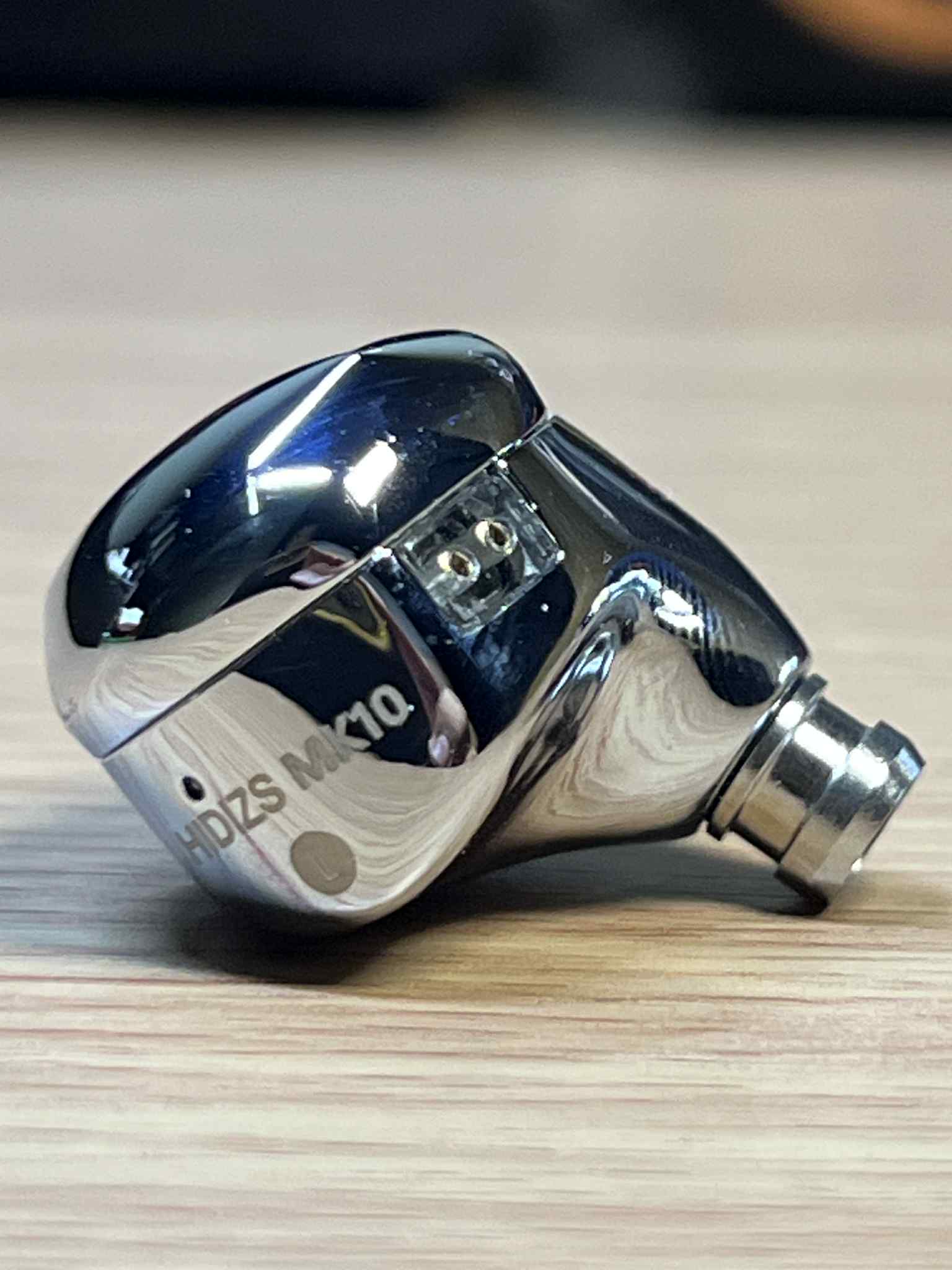
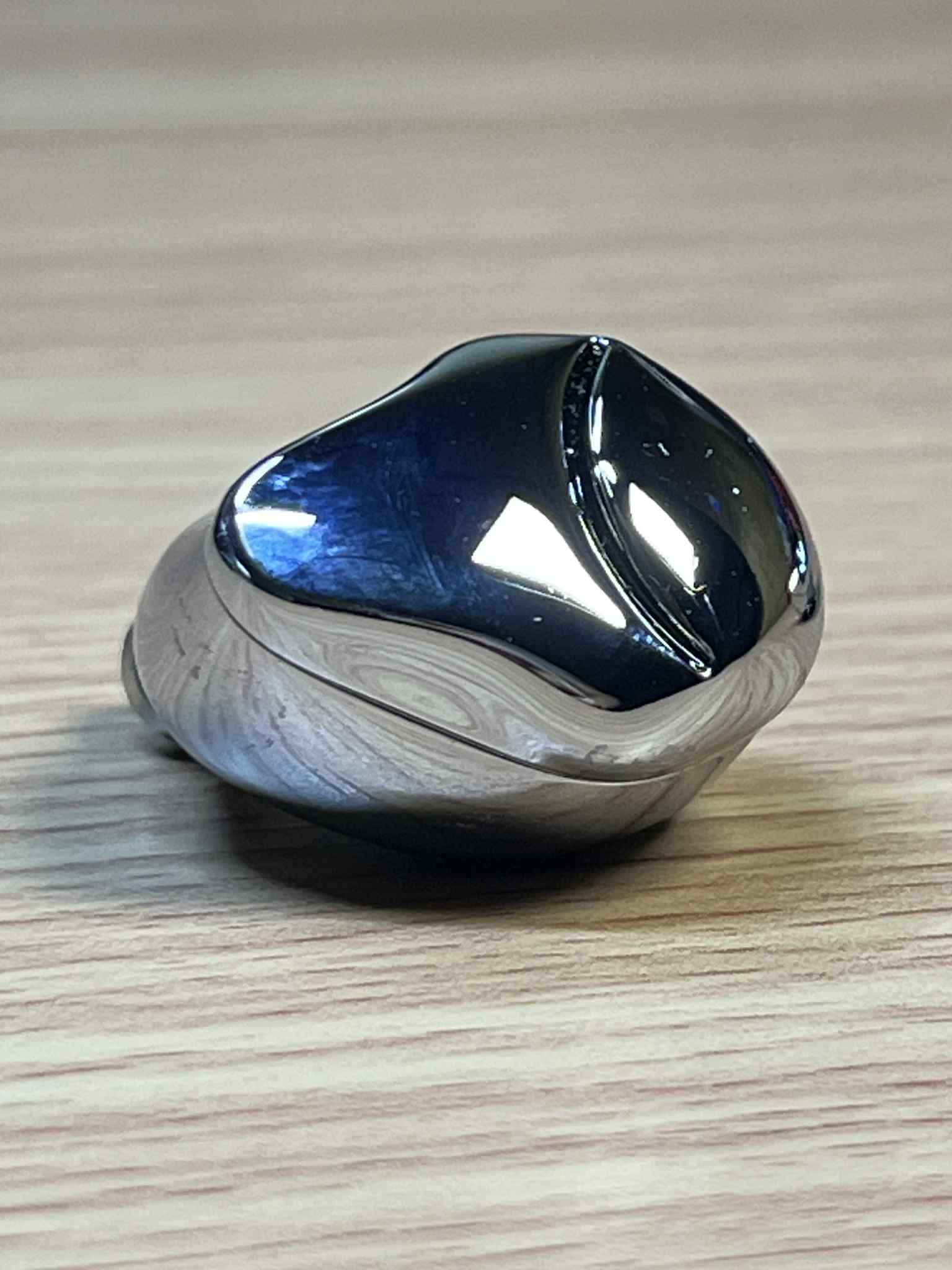
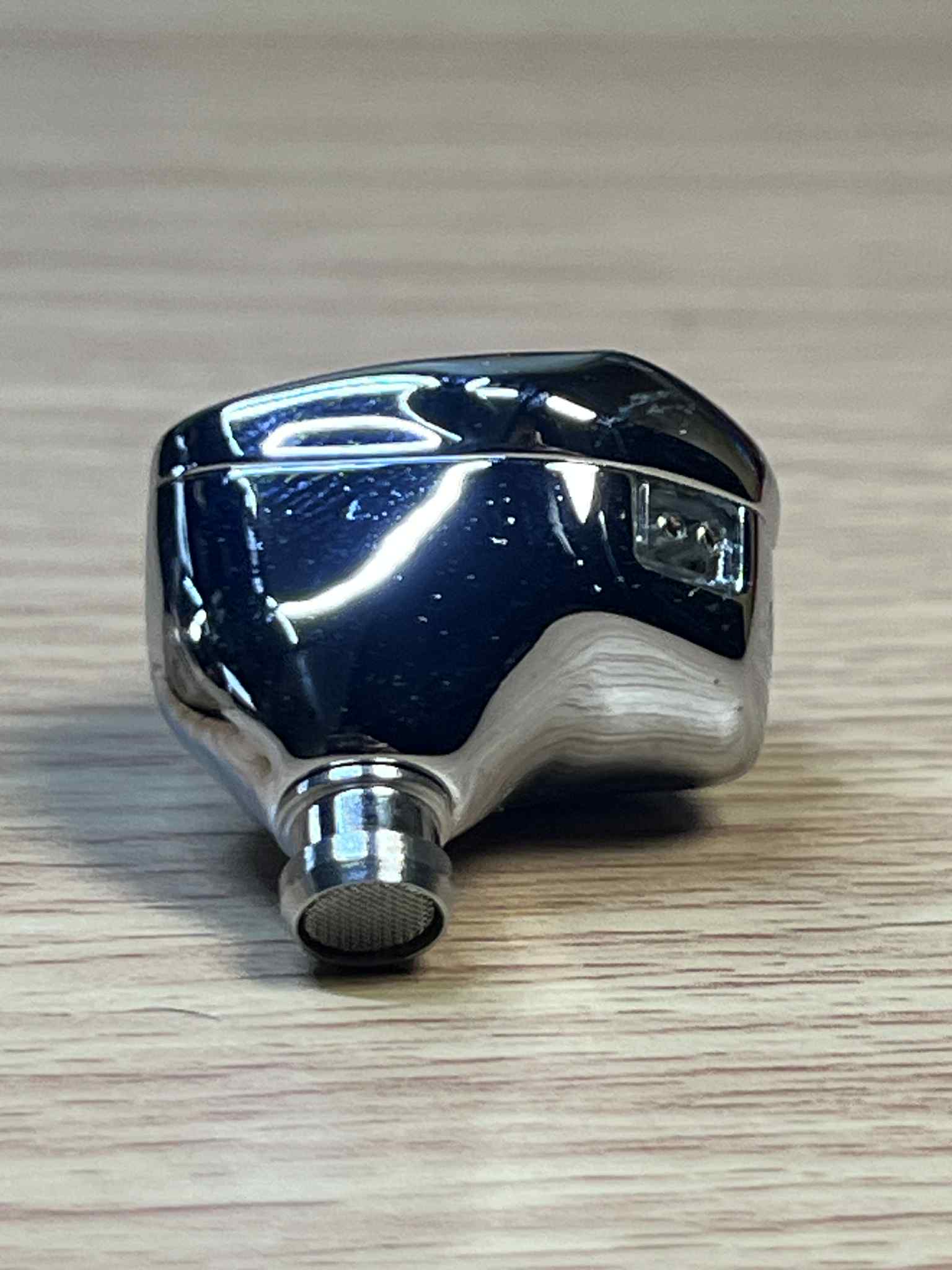
The finish is a glossy polish that makes the shells look slick and futuristic. The downside? They’ll catch fingerprints if you handle them a lot, but the upside is that the alloy itself is tough and resists scratches way better than plastic or softer metals. It’s one of those designs that looks like it’ll stay good-looking even after a year of regular use.
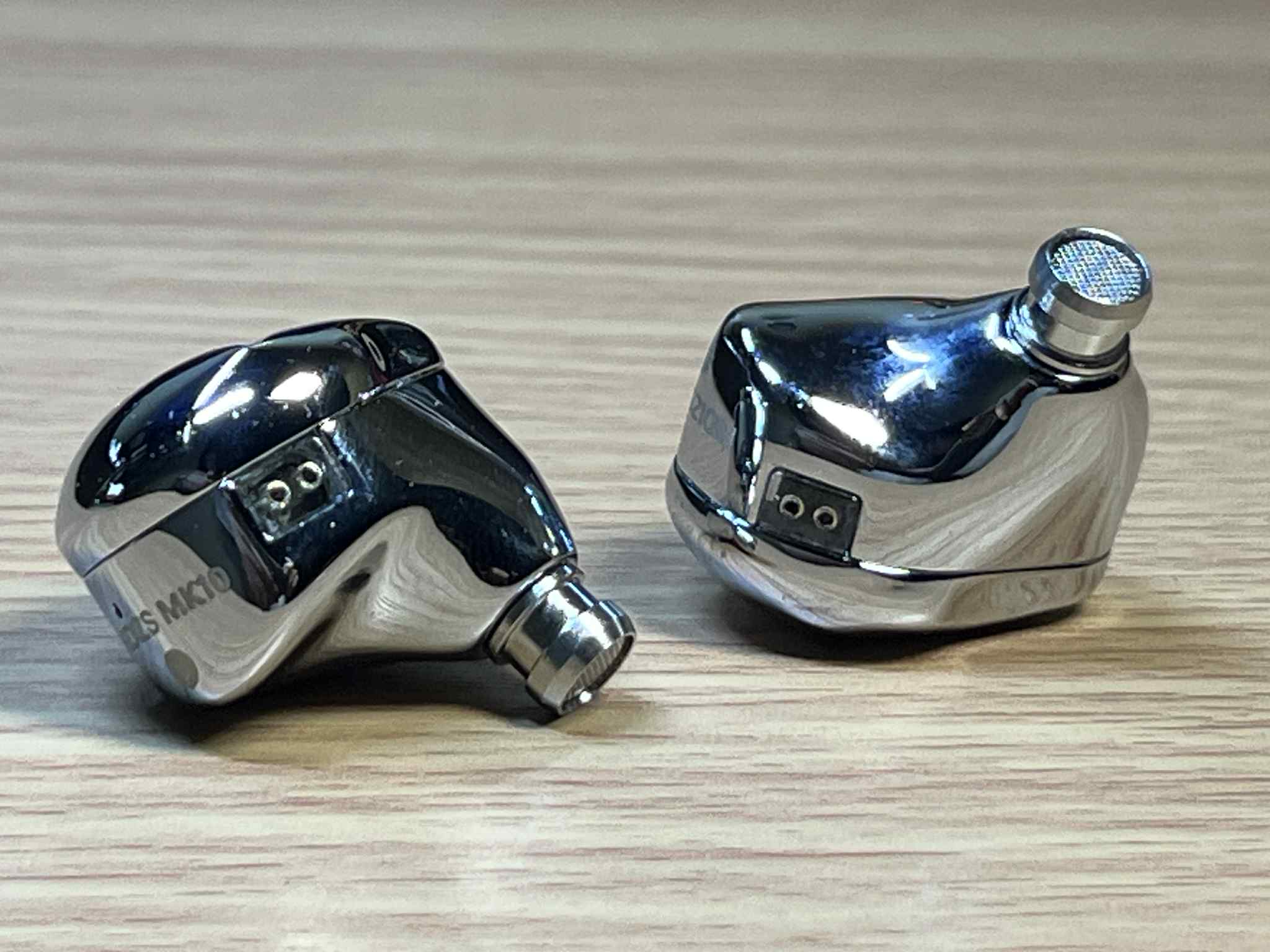
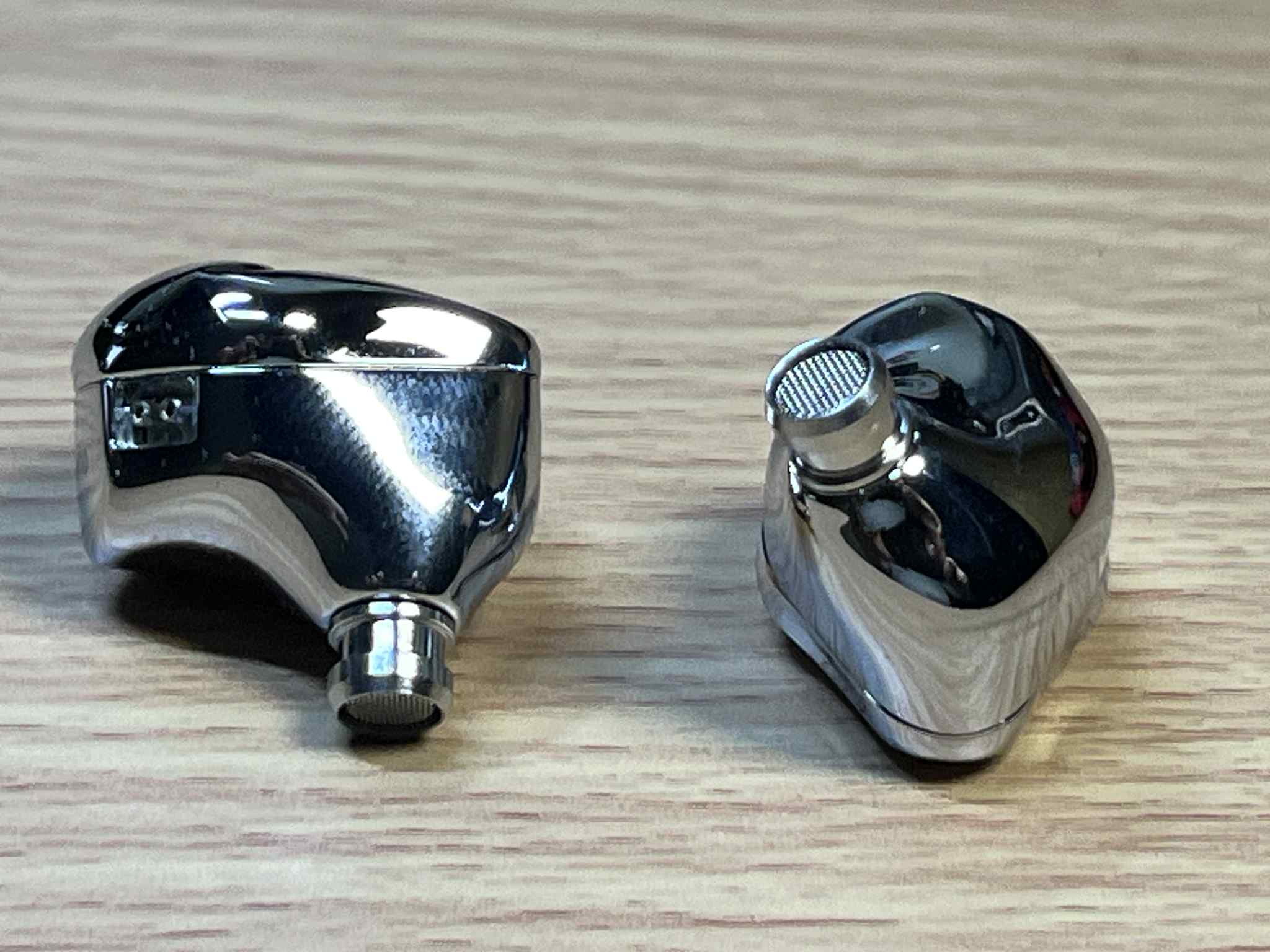
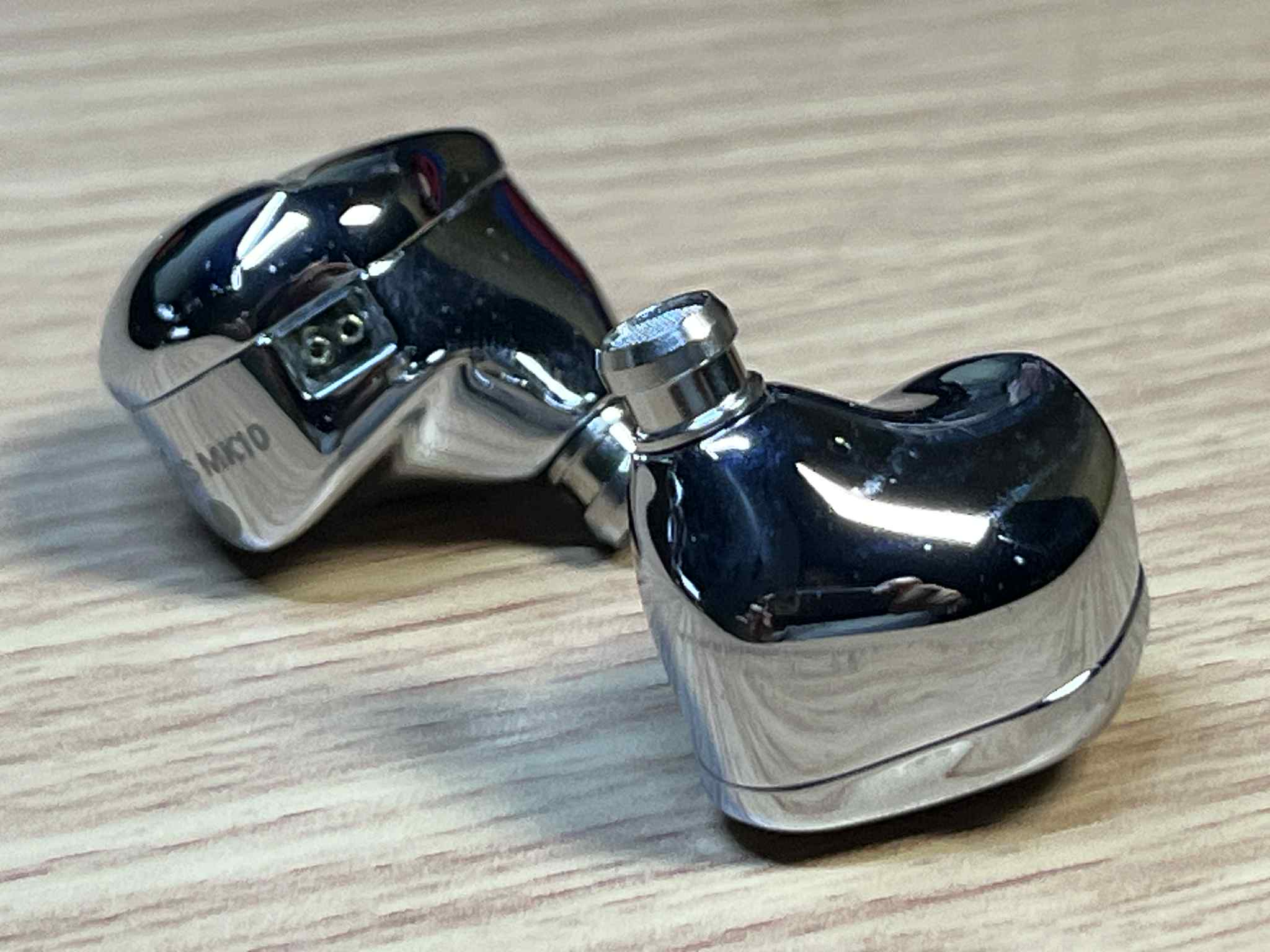
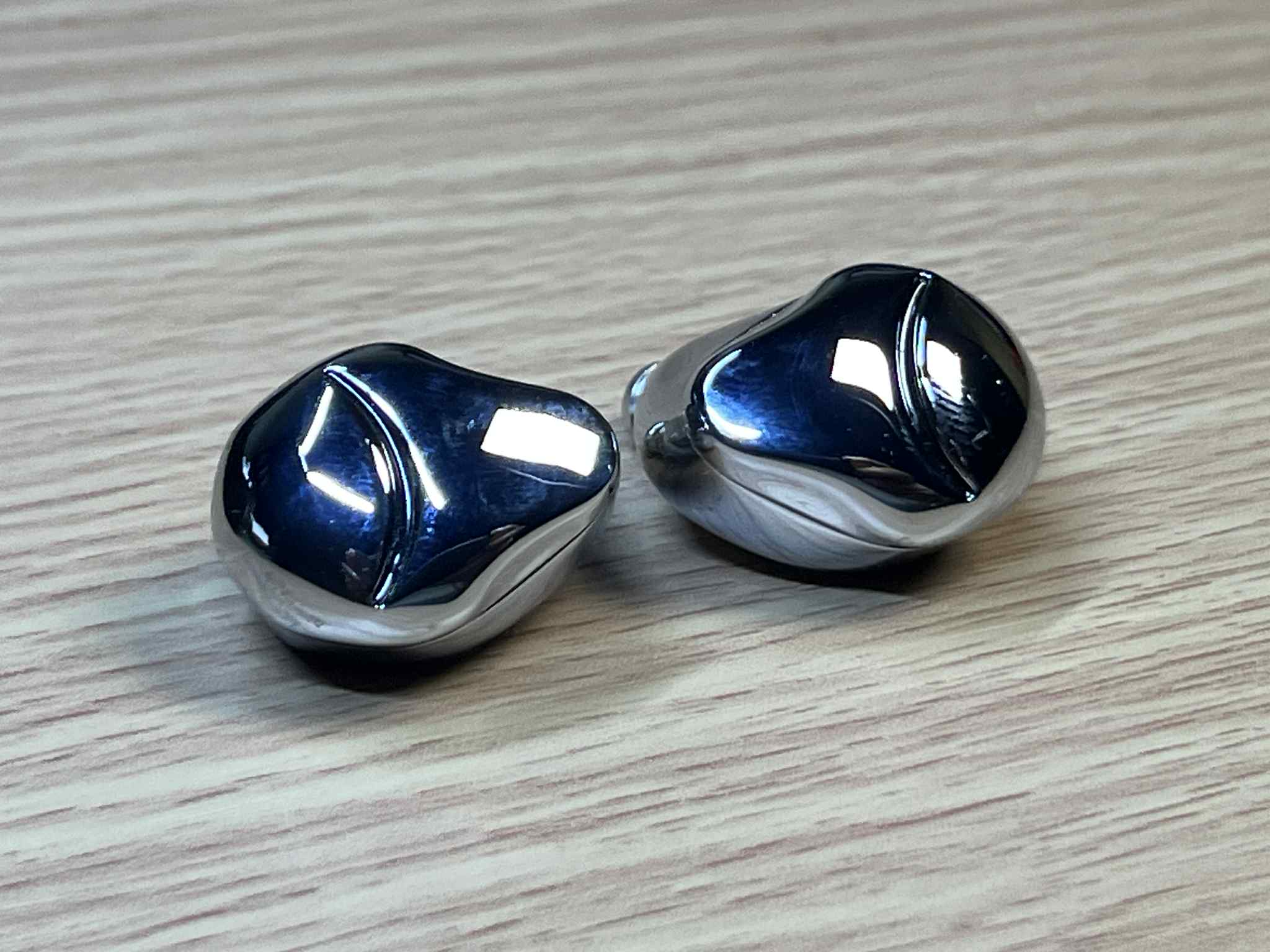
Fit-wise, Hidizs really nailed the geometry here. The nozzles aren’t too short, so you don’t have to worry about them slipping out, but they’re not overly long either, meaning you don’t get that “deep canal pressure” some IEMs force on you. The shells contour nicely against the ear, giving you a snug, secure seal that blocks out a good amount of outside noise without relying on super aggressive insertion.
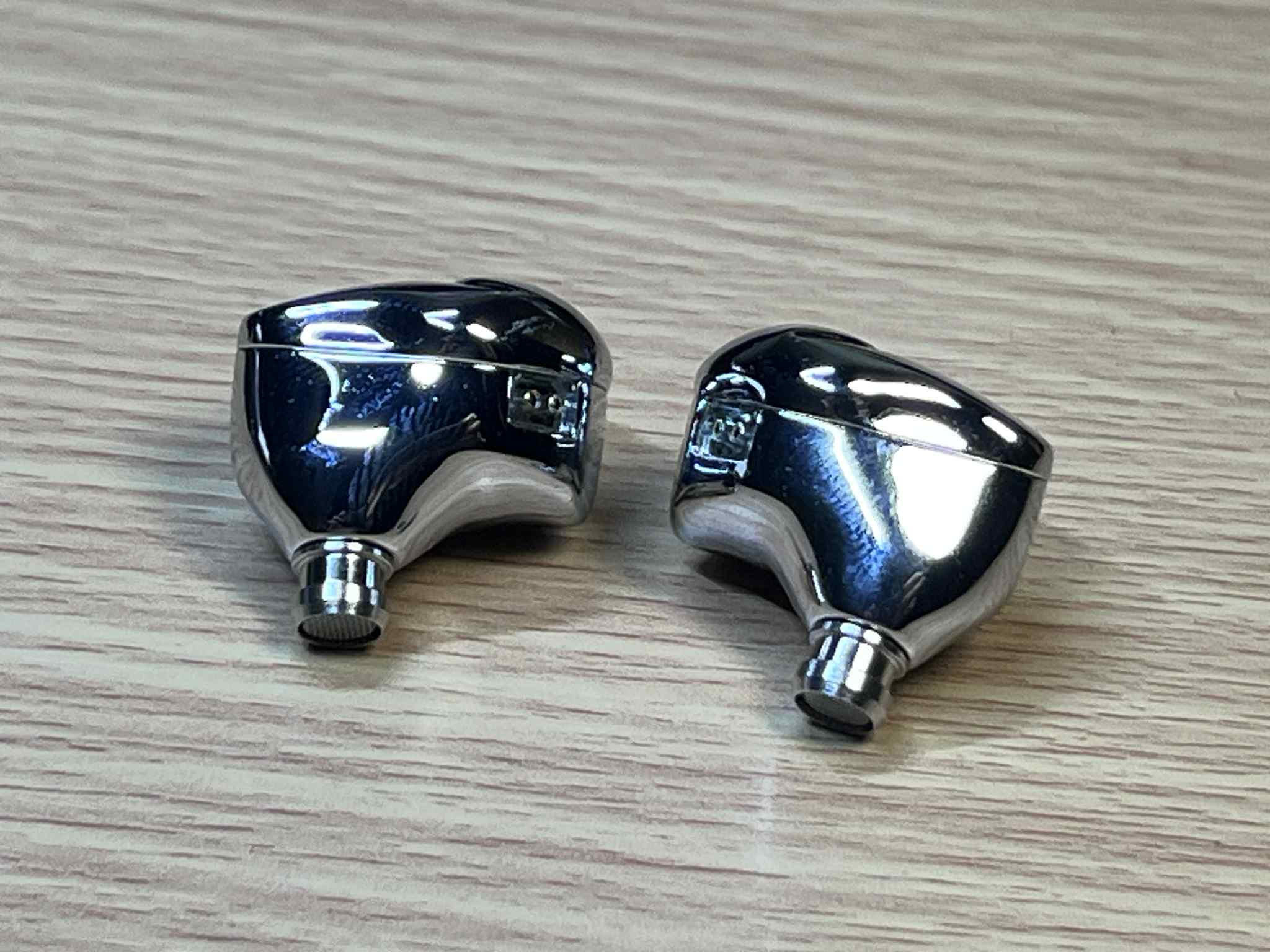
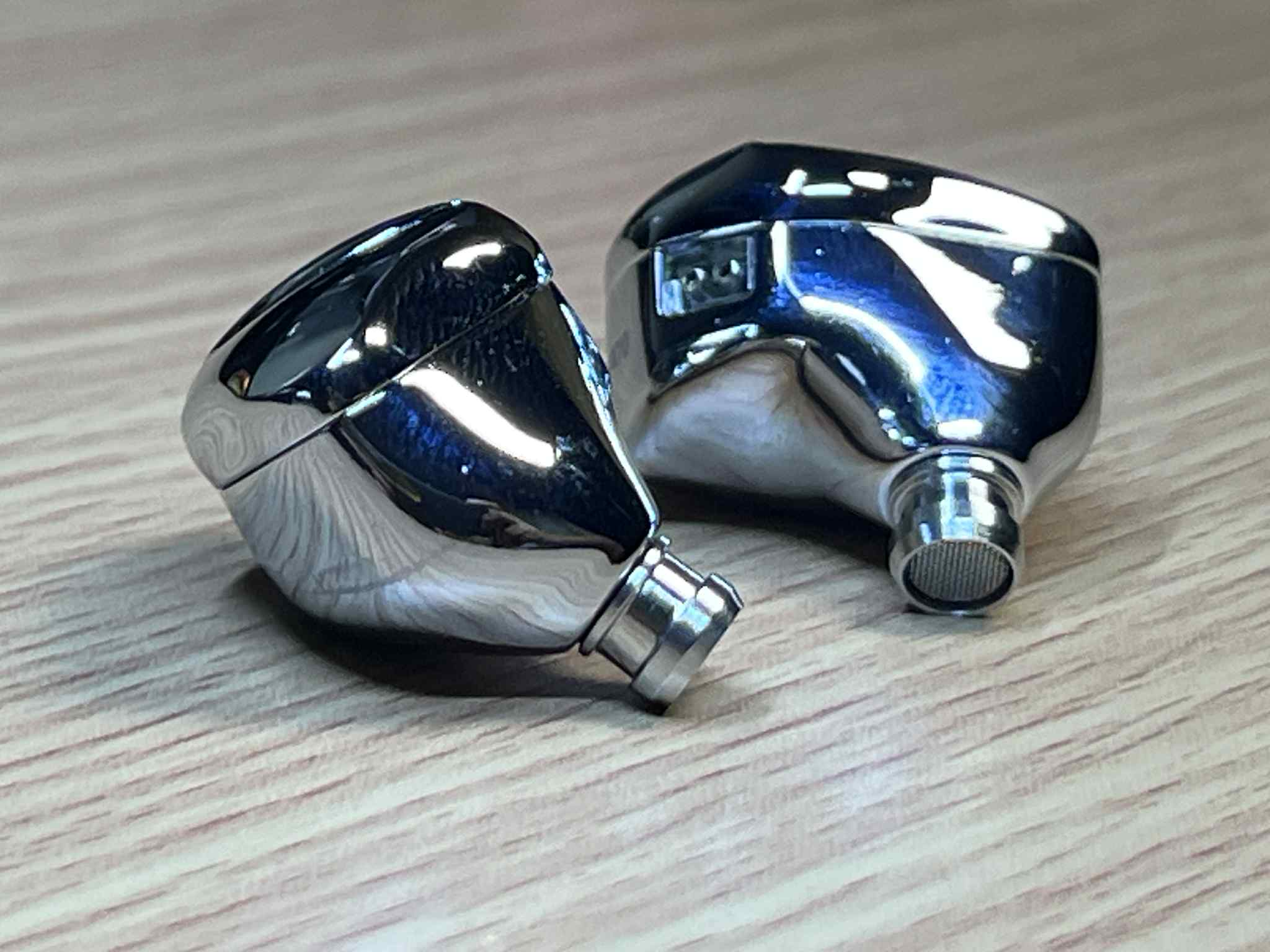
And of course, Hidizs included their set of three swappable tuning nozzles—black, red, and white. These are easy to screw in and out, and they don’t feel flimsy or like they’ll strip after a few swaps. I’ll get into how each one affects the sound later, but from a build and usability perspective, it’s a clever little addition that adds flexibility without complicating the design.
Sound Impressions (Black Nozzle – Default)
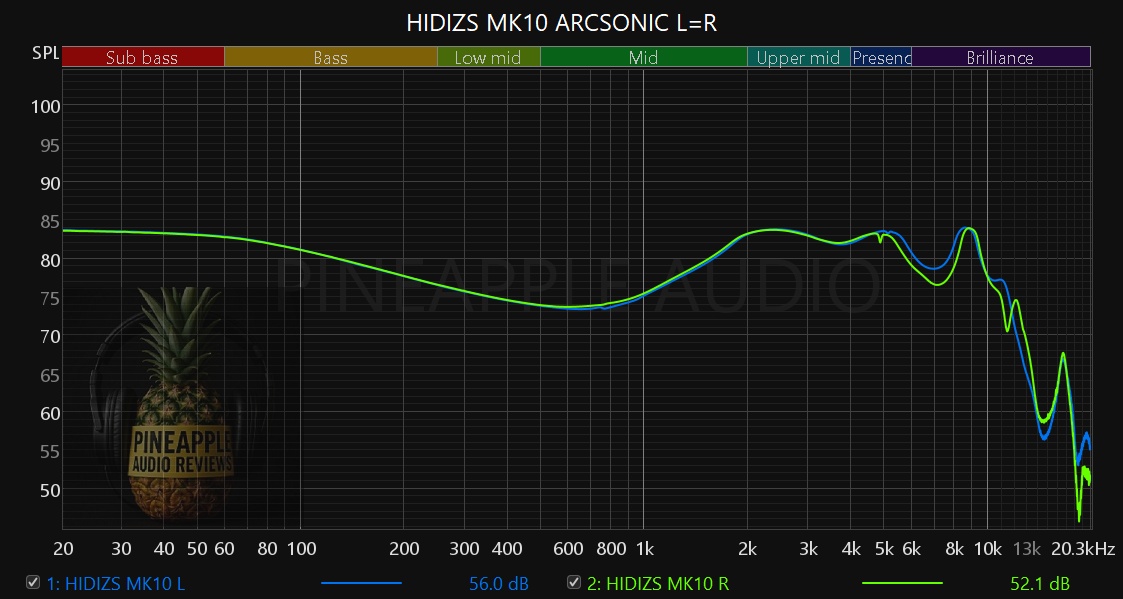
Right out of the box with the black nozzle installed, the MK10 Arcsonic comes across as one of the more “mature” tunings I’ve heard from Hidizs. This isn’t the kind of IEM that tries to impress you with a wall of subbass or ear-piercing treble sparkle. Instead, it takes a more balanced, refined approach—leaning into detail, clarity, and control over raw excitement.
The overall tonality immediately reminded me of the Simgot EA500 and EA500LM, but with a smoother, more laid-back presentation. Where the EA500 sometimes goes for that in-your-face energy and brightness, the MK10 plays it safe, opting for a sound that’s easy on the ears while still showing off plenty of technical chops.
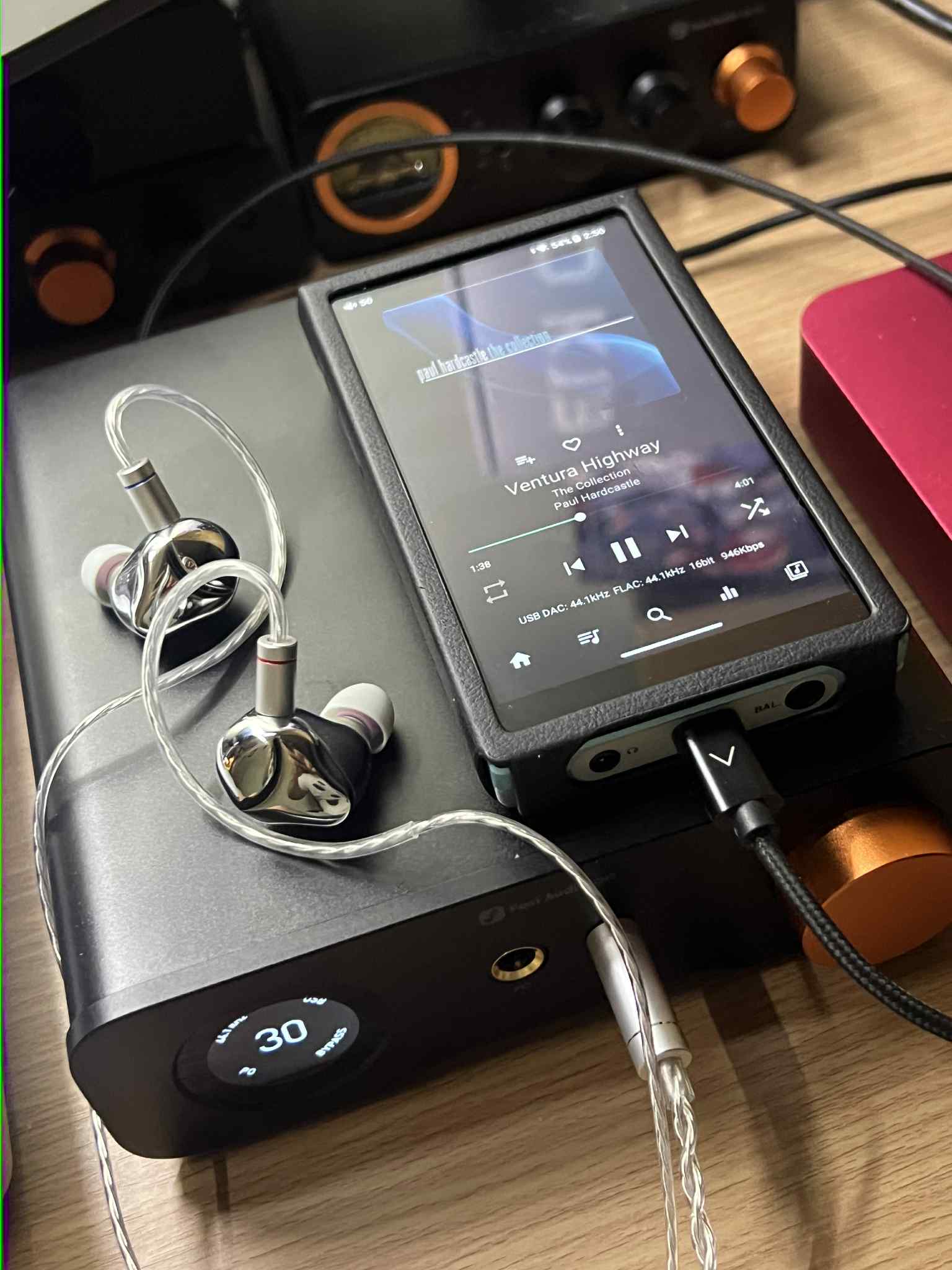
Bass
The low end on the MK10 Arcsonic is all about control and finesse rather than brute force. It’s the kind of bass that knows its role in the mix—it’s there to give the music a solid foundation without stealing the spotlight.
The subbass does reach low, and you can feel it when a track calls for it, but it’s not the kind of chest-rattling rumble that shakes your jaw. Instead, it’s a more subtle presence, adding depth and atmosphere rather than overwhelming you with physical slam. It’s clean, textured, and rolls off gently rather than cutting out completely, so the low end feels natural.
The midbass is where the Arcsonic really shows its discipline. Notes hit with a quick, sharp attack, then get out of the way just as fast. That fast decay means basslines stay tight and never smear into the mids, which keeps the whole sound clean and organized. Kick drums punch through with a satisfying thump, and bass guitars have just enough growl to sound realistic without bloating into the mix.
Overall, the bass here isn’t tuned for bassheads—it doesn’t try to dominate or color the entire signature. Instead, it sits in that sweet spot where it keeps the music lively and engaging without ever feeling boomy or slow. If you’re someone who values clarity and balance over sheer rumble, you’ll probably love how Hidizs tuned the low end on the MK10.
Midrange
This is easily the heart of the MK10 Arcsonic and where it really shows off its maturity. The mids come across as clean, natural, and just right the kind of tuning that makes you stop analyzing for a second and just enjoy the music.
Vocals sound especially good here. They’re crisp and well-resolved, but also organic enough that they don’t feel artificially boosted. Male voices carry a nice sense of body and weight without getting muddy, while female vocals soar with a touch of sweetness and air. Neither takes priority over the other, which is rare at this price point often one ends up recessed while the other grabs the spotlight. Here, both feel balanced and believable.
Instruments also benefit from this natural midrange tuning. Guitars ring out with lifelike tone, pianos have proper weight behind the keys, and strings carry that delicate mix of texture and resonance that can so easily sound plasticky on lesser IEMs. The timbre in general feels convincing nothing too colored, nothing too dry.
Upper mids are handled with just the right touch. There’s a lift that gives clarity and energy, bringing vocals, guitars, and violins forward enough to sound lively, but it stops short of shoutiness. Female vocals, in particular, get a little sparkle that makes them engaging, while electric guitars have bite without turning piercing. It’s a fine balance enough brightness to keep things exciting, but smoothed out so it never tips into fatigue.
Treble
The treble on the MK10 walks that fine line between clarity and comfort really well. It has enough air and extension to give the music a sense of openness, so nothing feels boxed in or congested. You get that nice shimmer on cymbals where they sound metallic and real, not the kind of plasticky “tizz” you sometimes hear on budget sets. Hi-hats cut through cleanly, and there’s a sparkle up top that adds excitement without going overboard.
What I really like is that Hidizs didn’t fall into the common trap of juicing the upper treble just to fake detail. It’s refined, smooth, and doesn’t have that cheap, edgy glare that tires you out after a few tracks. Instead, it gives you a natural top end that keeps things lively but still easy to listen to for long sessions. If you’re treble-sensitive, this won’t stab at your ears, but if you enjoy detail, it’s still there presented in a way that feels mature and controlled.
Technicalities
Imaging is clean and precise—you can pick out where instruments sit without having to squint your ears. Panning effects glide smoothly across the stage, and small details like background synths, layered harmonies, or trailing echoes actually come through instead of getting blurred into the mix.
The stage isn’t massive, but it’s not closed-in either. I’d call it a moderately wide presentation with decent depth. There’s enough front-to-back layering that you don’t feel like everything is pressed up against your face, but it won’t trick you into thinking you’re in a cathedral either. It strikes a nice middle ground: open enough to feel natural, intimate enough to stay engaging.
Resolution is where the MK10 punches above its price. It doesn’t just throw detail at you by boosting treble it actually resolves information in a way that feels clean and effortless. Textures in strings, the grain in a vocal, or the quick hit of a snare come across clearly without sounding forced. And the best part? It manages to stay musical. Some IEMs in this range lean so hard into “detail” that they end up fatiguing or sterile. The MK10 doesn’t go there. It gives you detail you can appreciate while still keeping the flow and emotion of the music intact.
In short: it’s not trying to be a microscope, but it’s definitely not a blunt instrument either. It finds that sweet spot between technical ability and listenability.
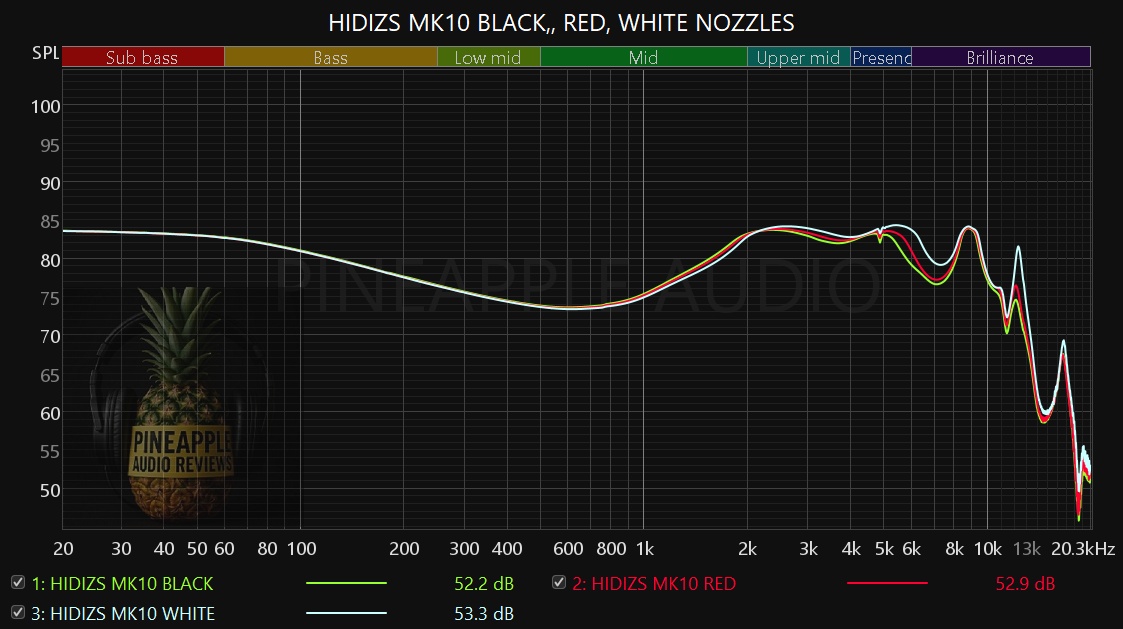
Tuning Nozzles Compared
Hidizs includes three filters: black, red, and white. The changes aren’t massive, but they do shift the character a bit.
Black Nozzle (Default): Balanced and natural. Best all-rounder with clean bass, natural mids, and smooth treble. This is probably the “intended” tuning and the safest choice for most listeners.
Red Nozzle: Practically identical to the black in my listening. Maybe a whisper more midrange presence, but the difference is so subtle it’s hard to call. If there’s a change, it’s minimal at best.
White Nozzle: The most noticeable shift. Adds a gentle V-shape—bass has a little more thump, treble gets a slight lift, and the whole sound feels a touch livelier. It’s not extreme, but if you want more energy without breaking the tuning, this one makes sense.
So, while the nozzles technically give you “three tunings,” it’s really more like one solid base tuning with a mild tweak option.
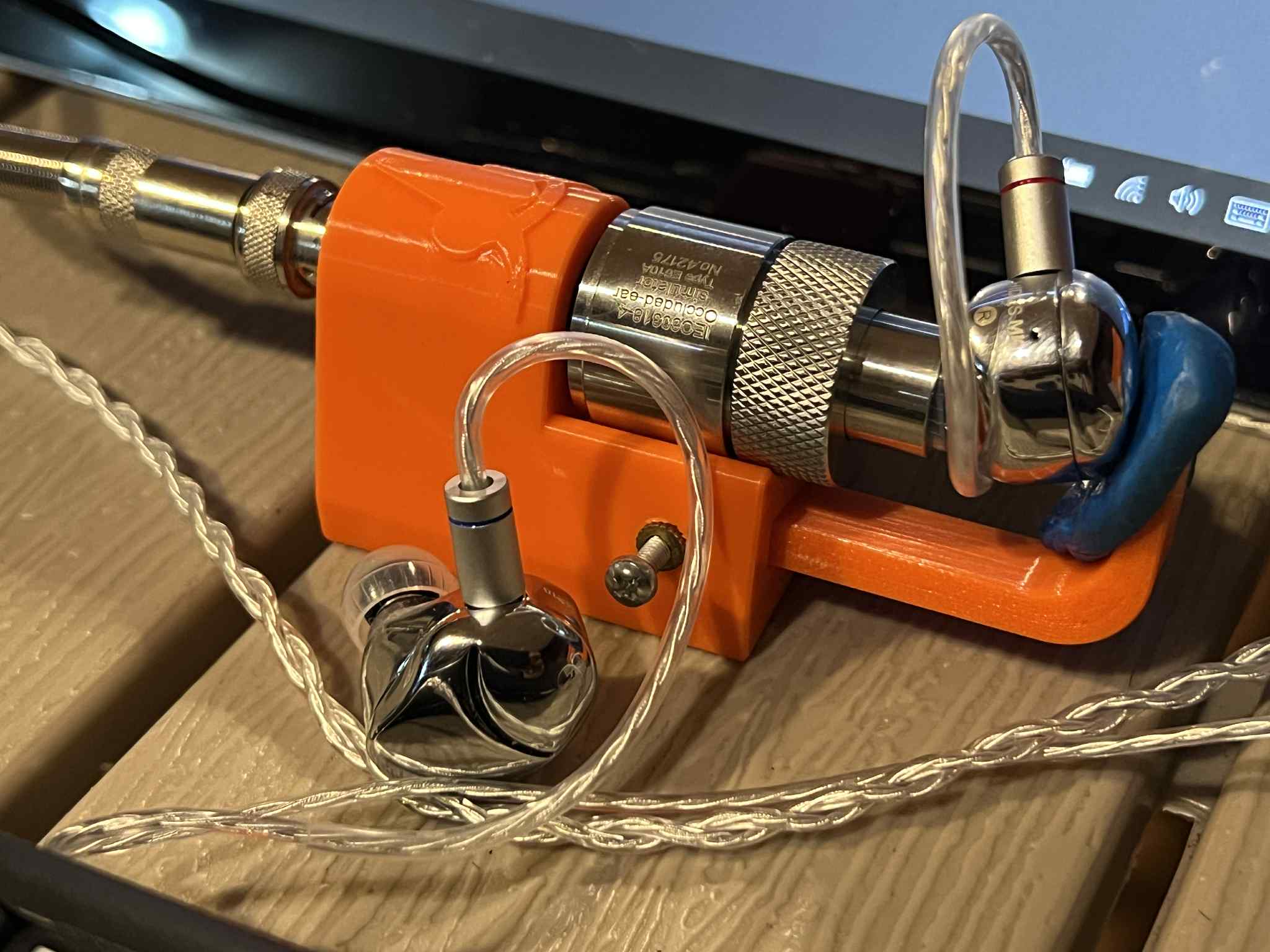
Comparison: Hidizs MK10 Arcsonic vs. Simgot EA500 & EA500LM
The MK10 Arcsonic is walking into the same territory as the EA500 and EA500LM, so a direct comparison makes sense.
Versus EA500: The EA500 comes in hotter in the upper mids and treble. It has more energy and bite, which can sound exciting but also risks fatigue on long sessions or brighter tracks. The MK10, by contrast, is smoother and easier on the ears. Bass control is similar, but the EA500 has a bit more slam while the MK10 keeps things tighter and more polite. If you love raw energy and excitement, the EA500 still delivers, but the MK10 feels like the more refined daily driver.
Versus EA500LM: The LM variant tones things down compared to the EA500, and this is where the MK10 feels most similar. Both sets focus on balance and refinement, but the MK10 still comes across smoother and slightly warmer in the mids. Treble on the LM extends a touch further, giving it a bit more sparkle, while the MK10 plays it safer with less chance of fatigue. Vocals on the MK10 feel a little more natural and less forward than on the LM.
In short:
EA500 = energetic, vivid, but sometimes sharp
EA500LM = refined and balanced, with good sparkle
MK10 Arcsonic = smoothest and most relaxed, with a natural midrange focus
If you like the EA500 but wish it were less fatiguing, or if the LM is almost right but you want even smoother treble, the MK10 Arcsonic fills that gap nicely.
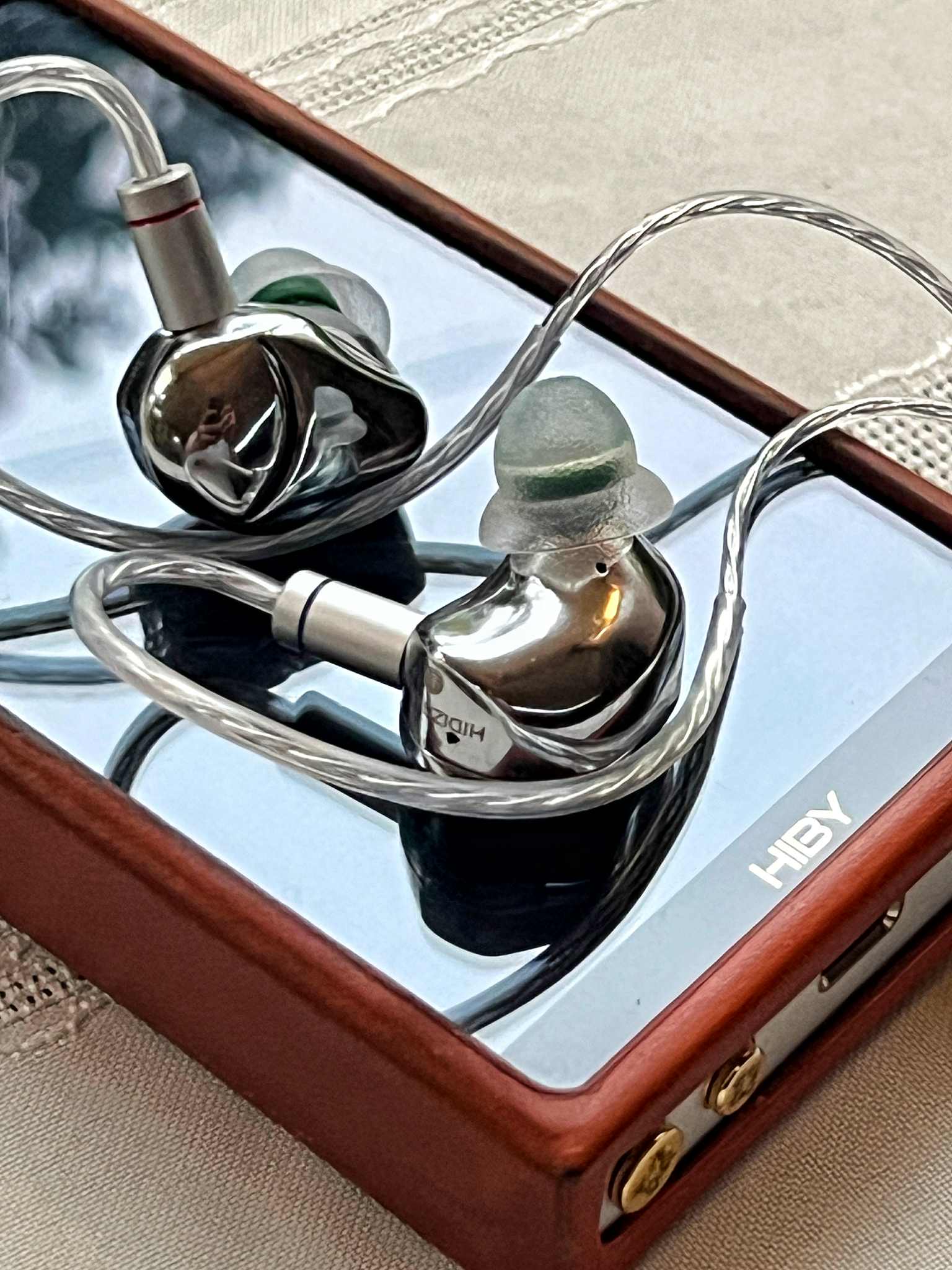
Final Thoughts
The Hidizs MK10 Arcsonic feels like Hidizs showing some maturity. Instead of chasing after “wow factor” bass drops or sizzling treble peaks, they’ve gone for something more refined—clean, balanced, and detailed without sucking the fun out of the music.
No, it’s not for bassheads who want their jaw rattled, and it’s not for treble junkies chasing sparkle until their ears bleed. What it does deliver is a natural, well-resolved sound that’s easy to enjoy for hours without fatigue. The tuning nozzles don’t transform it into a completely different IEM, but they give you some wiggle room. The white nozzle adds a subtle V-shape just enough extra kick and shimmer to spice things up without throwing balance out the window.
When you stack it against the Simgot EA500 or EA500LM, the MK10 Arcsonic plays the calmer sibling. It doesn’t punch as hard in the bass or shimmer as much in the highs, but it wins on smoothness and ease of listening. If the EA500 is that energetic friend who drags you out to karaoke at 1 a.m. :) the MK10 Arcsonic is the one who pours you a glass of single malt or a warm cup of single origin specialty coffee, puts on some Coltrane, and actually lets you relax.
At the end of the day, the MK10 Arcsonic feels like one of Hidizs’s most grown-up single dynamic offerings yet. It’s not flashy, but it’s well-thought-out, musical, and honestly pretty classy. If you’re hunting for a single-DD set that values refinement and natural timbre over fireworks, this one definitely deserves a spot on your radar.
The Hidizs MK10 Arcsonic feels like Hidizs showing some maturity. Instead of chasing after “wow factor” bass drops or sizzling treble peaks, they’ve gone for something more refined—clean, balanced, and detailed without sucking the fun out of the music.
No, it’s not for bassheads who want their jaw rattled, and it’s not for treble junkies chasing sparkle until their ears bleed. What it does deliver is a natural, well-resolved sound that’s easy to enjoy for hours without fatigue. The tuning nozzles don’t transform it into a completely different IEM, but they give you some wiggle room. The white nozzle adds a subtle V-shape just enough extra kick and shimmer to spice things up without throwing balance out the window.
When you stack it against the Simgot EA500 or EA500LM, the MK10 Arcsonic plays the calmer sibling. It doesn’t punch as hard in the bass or shimmer as much in the highs, but it wins on smoothness and ease of listening. If the EA500 is that energetic friend who drags you out to karaoke at 1 a.m. :) the MK10 Arcsonic is the one who pours you a glass of single malt or a warm cup of single origin specialty coffee, puts on some Coltrane, and actually lets you relax.
At the end of the day, the MK10 Arcsonic feels like one of Hidizs’s most grown-up single dynamic offerings yet. It’s not flashy, but it’s well-thought-out, musical, and honestly pretty classy. If you’re hunting for a single-DD set that values refinement and natural timbre over fireworks, this one definitely deserves a spot on your radar.
- Get link
- X
- Other Apps
- Get link
- X
- Other Apps
Comments
Post a Comment